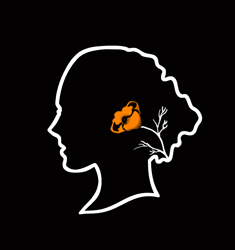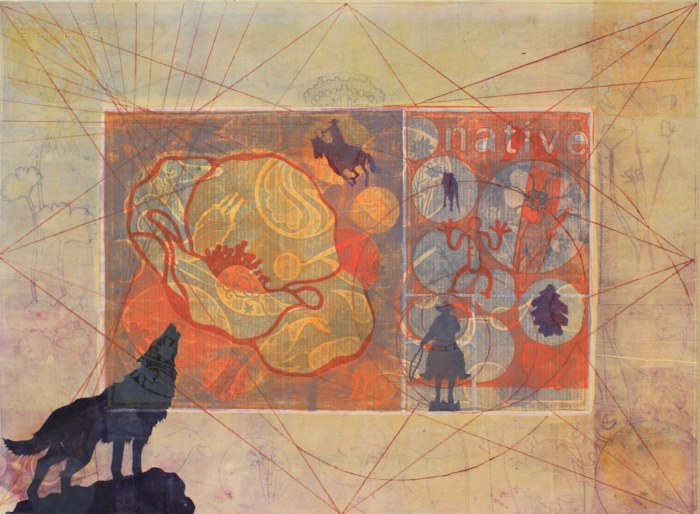Welcome Ann Tardiff
Ann Tardiff
Carsey Wolf Internship, UCSB
The Carsey-Wolf Internship Program is a competitive internship opportunity through UCSB. We are excited to be working with Ann Tardiff this Spring and Summer season.
What Ann has to say...
I am a junior at the University of California, Santa Barbara. I am double majoring in English and Film & Media Studies. My studies focus on narratives and their relationship to storytelling. I decided to apply for the Carsey-Wolf internship to find an artistic outlet that has an underlying structure to it.
I was accepted into the Carsey-Wolf internship, which begins with interviews and eventually creates a well thought out pairing of a student to a project that focuses on their strengths while also contributing to their professional aspirations.
While working for Portraits of the Central Coast, I will produce thirty-minute episodes that share the narratives of unique individuals who contribute to our community in a plethora of different ways.


































We love hearing from you and have received many great recommendations!
ALL of the portraits have been people that YOU, the Central Coast Community, has recommended. In fact, we can't paint, film, or write fast enough to share enough of the people and their great stories in our community. But we want to get YOUR story out in the world, so we are asking you to contribute your story in writing so that we can share it in addition to our portrait paintings and video.
Click here to find out how.